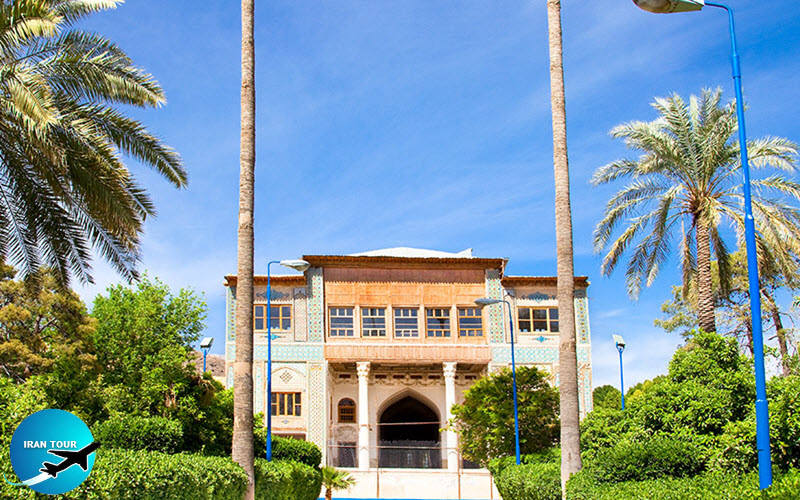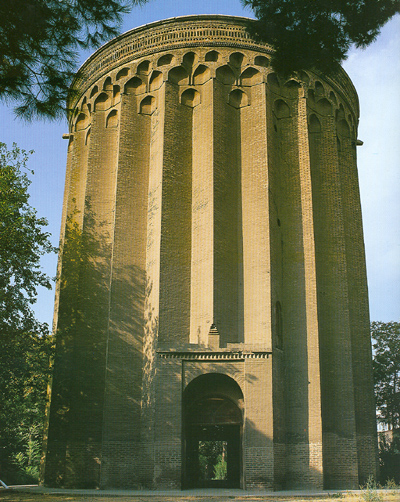Copyright 2020 - 2021 irantour.tours all right reserved
Designed by Behsazanhost
Shiraz during the Seljuk and Atabakan (Salghurid) Period
Shiraz during the Seljuk and Atabakan (Salghurid) Period
As the star of the Buyids waned, the prosperity of Shiraz also declined. The center of effective power shifted to Baghdad, and for the next eighty years, Fars was ruled first by the Shabankareh rulers and then by Seljuk appointees, called Atabakan. In 1149, Sonqor ibn Mowdud, the Atabak ruler of Fars, gained independence from the Seljuk kings and inaugurated a new, glorious period in the history of Shiraz. This lasted for about 120 years. The dynasty which Sonqor ibn Mowdud founded was known as the Salghurids, after their ancestor Salghur, a Turkman chieftain who attached himself to Toghrol Beik at the beginning of the Seljuk Empire.
 |
| Delgosh Garden Shiraz - Seljuk and Atabakan (Salghurid) Period |
The Atabakan (Salghurid) dynasty retained nominal supremacy which fluctuated in strength until the year 1265. Sonqor, who died in 1161, was succeeded by his brother Zangi, who is best remembered as the builder of the original shrine dedicated to the famous saint and mystic Abdollah Khafif. After Zangis's death in 1175, his son Takla took the throne and ruled until 1194. On Takla's death, his cousin Toghrol contended for the realm against Takla's younger brother Saad, and for eight years Fars suffered the raids and devastation of civil war, with their inevitable accompaniment of plague and famine. Saad, at last, vanquished his enemy and
 |
| Toghrol Tower during the Seljuk - Rey City - Tehran |
took possession of the kingdom, which he ruled for 23 years. The long and relatively peaceful rule of Saad ibn Zangi enabled Fars to recover from the misery and mayhem which had descended upon the province in the closing years of the 12th century, and allowed it to recapture the glory and prosperity of the Buyid days. Saad, whose name is commemorated in the far more famous name of the poet Saadi, built the New Mosque, once the largest and finest religious building in the Muslim East. He also ordered the creation of a mosque in Pasargadae. Saad's son Abu Bakr was actually the last important ruler of the Salghurid dynasty, which virtually collapsed after his death.
It was during his reign that the Mongol avalanche fell upon Persia, sweeping away many splendid cities and slaughtering millions of people. Abu Bakr's pliant prudence, however, saved Shiraz from the general conflagration and made it a refuge for many of those fleeing before the holocaust. Although Abu Bakr was obliged to pay tribute to the Mongols, this was perhaps a moderate price to pay for saving a vital center of Persian culture in a time when that culture was in imminent danger of total annihilation. Abu Bakr not only saved the city but also expanded and beautified it by adding many new buildings. Sad to say, none of these buildings have survived.
After a number of short-lived rulers, the throne finally passed in 1264 to Abesh-Khatun, Abu Bakr's sister. After a year of comparative sovereignty, she was married to Manku Qaan, the fourth son of Hulaku Khan, and the affairs of Fars were passed under Ilkhanid control.
- Details
- Category: Shiraz Tourism